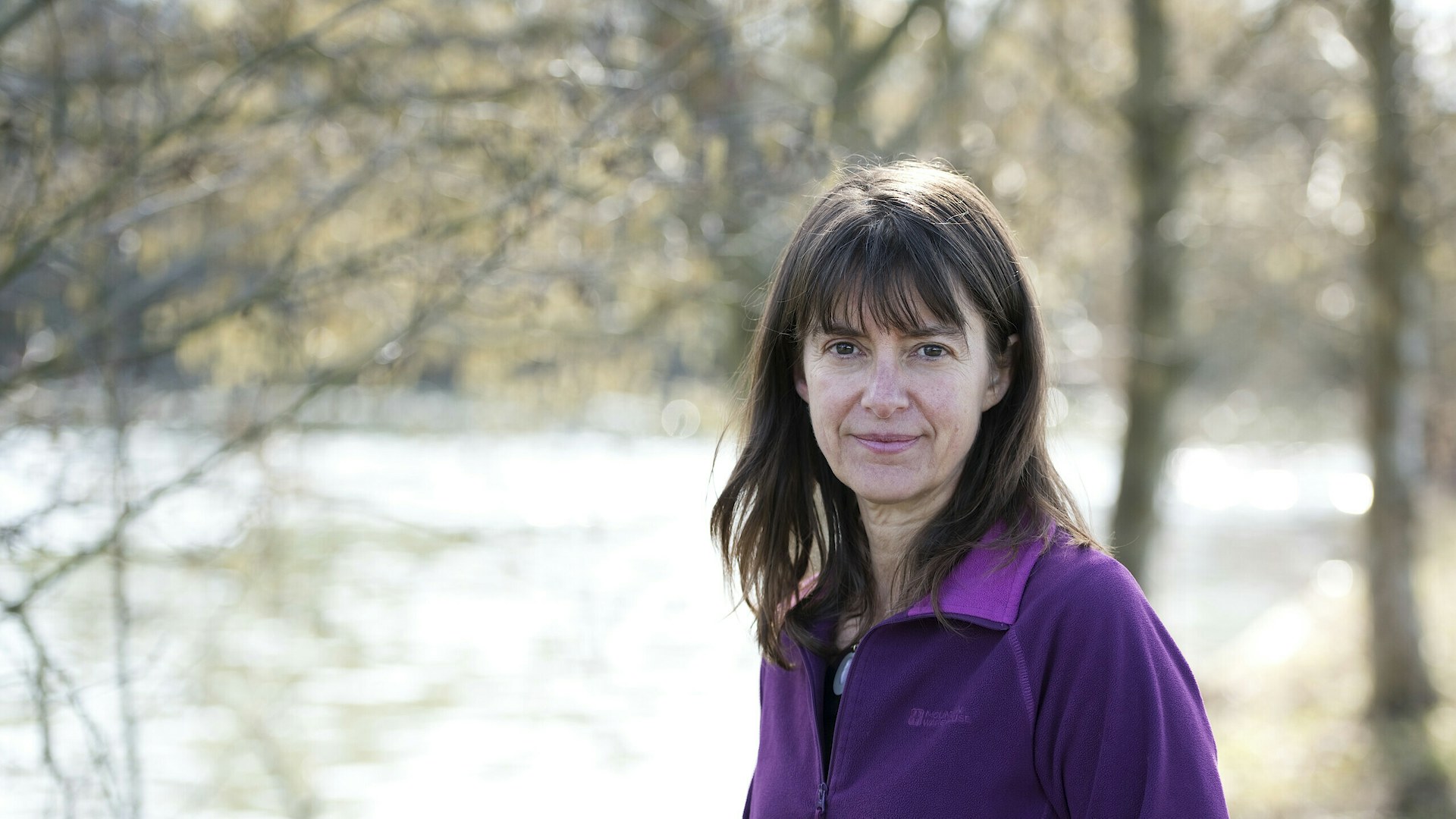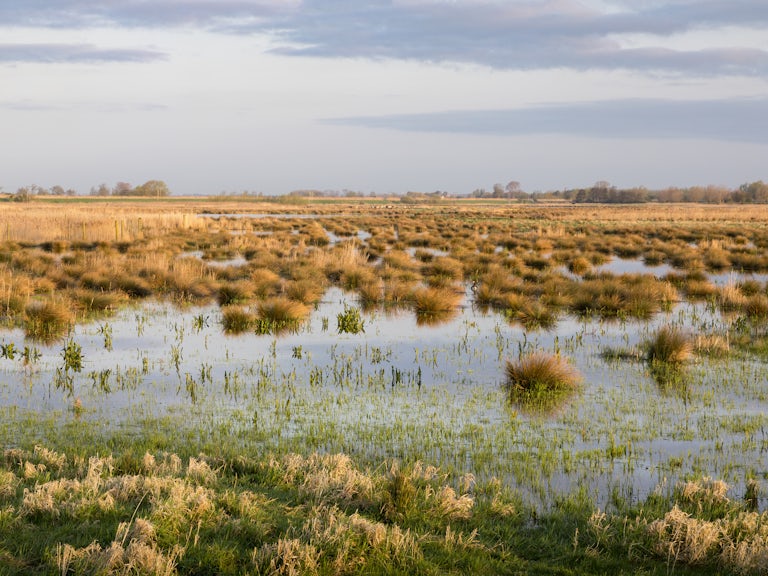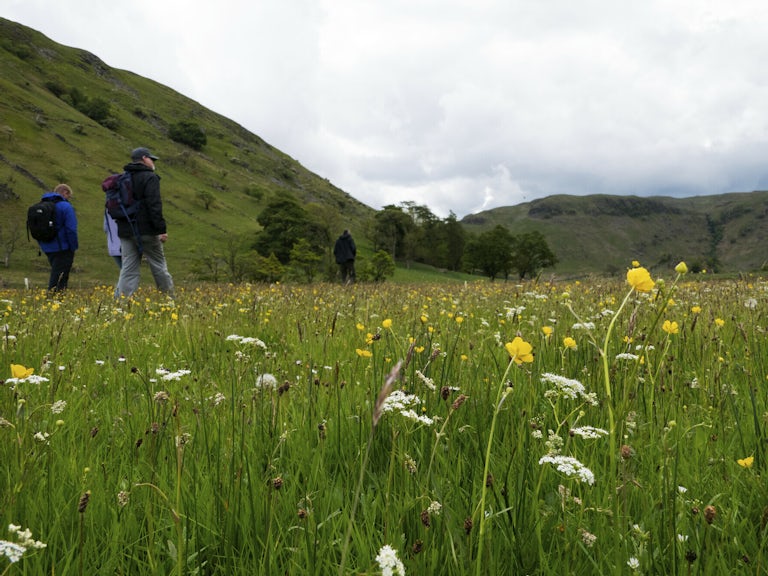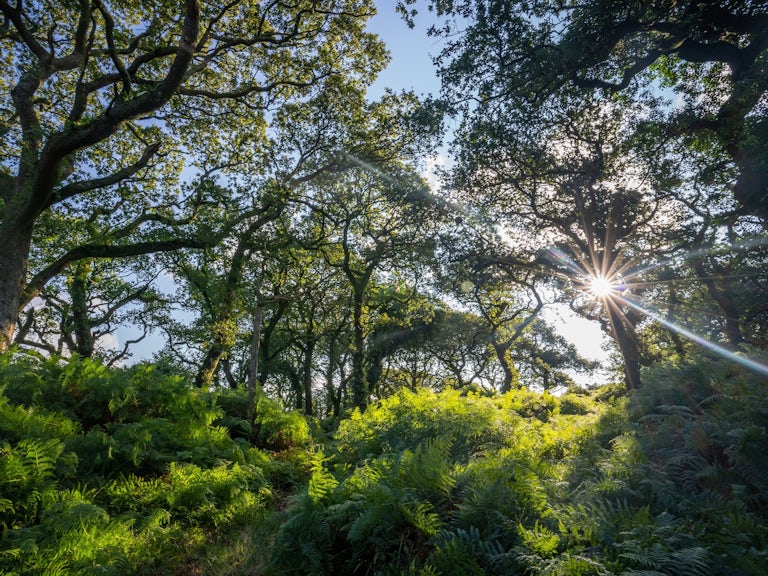It's a climate emergency. Let's restore nature at scale.
Rebecca Wrigley explains why we’re supporting the global call for ‘natural climate solutions’, and how we will be making the case for rewilding vs climate breakdown in Britain.

Published 03/04/2019
Earlier this week, the agonising in Parliament was briefly enlivened by an intervention from Extinction Rebellion. A dozen campaigners stripped off and wiggled around in the public gallery, to draw attention to the gathering climate emergency. Not for the first time of late, MPs didn’t appear to know where to look.
Brexit or no Brexit, clothes or no clothes, the breakdown of our climate is a crisis we can no longer turn away from. To avoid the worst impacts of climate breakdown, we need to keep the heating of the planet below 1.5°C. And because we’re heading for that threshold fast, it’s no longer enough to just reduce carbon emissions. We have to remove carbon from the atmosphere, and plenty of it.
There have been all kinds of suggestions for how we might do that. Yet one of our most promising solutions has barely been recognised.
Nature is our greatest ally in locking carbon away and protecting our climate. That’s why today we’re joining our voice to the global call for natural climate solutions. Let’s create a better future for wildlife and people.
What are natural climate solutions?
Natural climate solutions do not just involve rewilding — they include, for example, simply stopping some of the most damaging practices that are destroying ecosystems. But among these solutions, rewilding has enormous potential, both in far flung places and close to home.
For example, in Britain we have 13% of the world’s peat, one of the greatest stores of carbon on the earth. Globally peat contains more carbon than all the world’s rainforests. But more than 80% of the UK’s peatland is damaged, and unable to lock away carbon as it should. It’s in desperate need of restoration, and rewilding is by far the most practical and powerful way to achieve it.
Heathland and woodland, saltmarsh and seabed — many other British habitats can play their part, if they are replenished, reconnected and revitalised.
Good for nature, good for rural economies
What’s more, rewilding holds the promise of renewal not just for wildlife, but for those rural communities facing most economic uncertainty.
All the indications are that the current system of public subsidies for agricultural land is going to change fast, however or whenever we leave the EU. Those with the most marginal livelihoods are looking for alternatives, and natural climate solutions bring with them a host of possibilities that can keep people on the land and revitalise communities.
In turn, this offers ways for the agricultural sector to help meet its commitments on climate. Current agriculture is itself a large contributor to greenhouse gas emissions, accounting for 10% of the UK total. It’s great to see the National Farmers Union commit to farming reaching net zero emissions by 2040. Alongside reducing emissions, rewilding is fast emerging as one of the most powerful, cost-effective and life-affirming ways to rise to this challenge.
In all of this, those who manage our land and sea play a pivotal role. It’s time to see the importance of this role reflected in a rural payments scheme that rewards those who come together to deliver carbon reductions alongside other public goods.
At Rewilding Britain we’re now building a picture of what this different economic model for restoring our landscapes and seas might look like. This spring and summer, we will be sharing what we’re learning, and joining the diverse calls for a genuine shift in the status quo.
What comes next?
You can expect to see some new thinking on how rural payments could work to combat climate breakdown, support communities and restore nature.
And you can expect us to join the movement to put climate change and restoring nature at the top of the policy agenda.
As ever, we can only do this work with the support of the brilliant and fast-growing number of advocates for rewilding. We are hugely inspired by those pouring their energies and creativity into a different future for people and nature.
There’s a lot more to come. If you are new to our work, please sign up for updates from us, and you’ll be among the first to hear about what’s happening. If you are already connected, please consider spreading the word.
Let’s make 2019 a turning point for natural climate solutions and rewilding.
Read more about rewilding versus climate breakdown


Explore our Rewilding Manifesto
Learn more
Our vision
We have big ambitions. Find out what we’ve set out to achieve through rewilding.
Our vision


